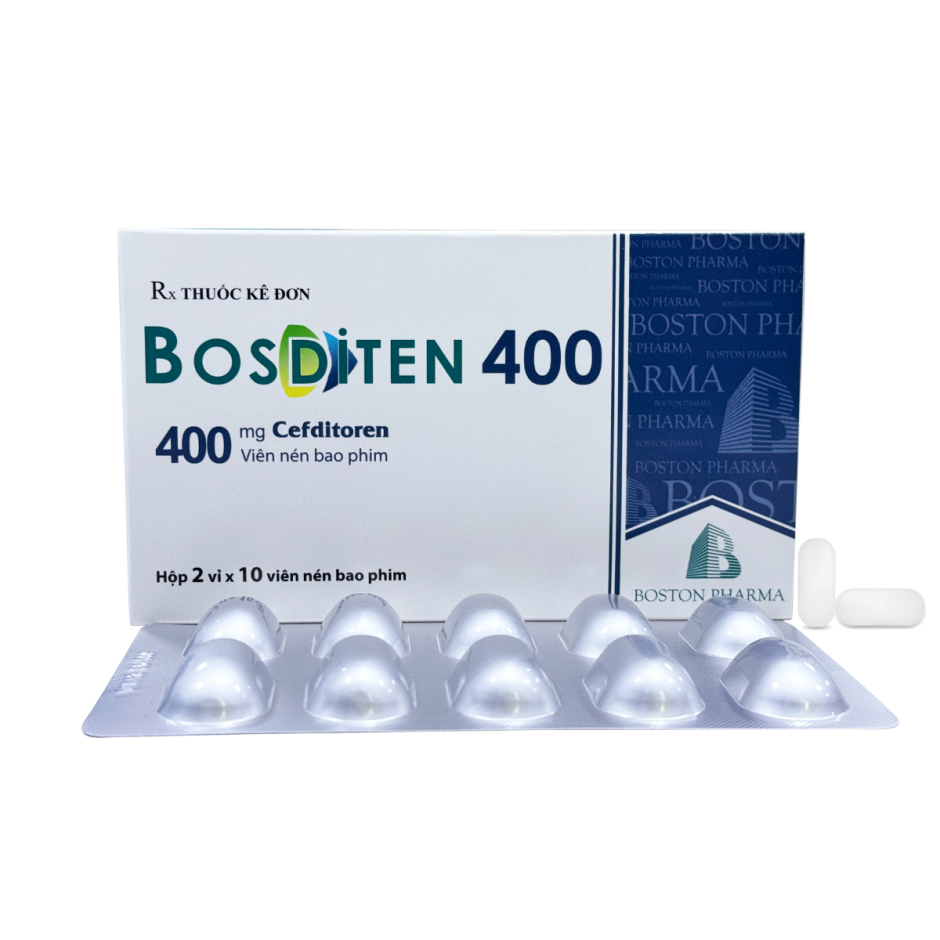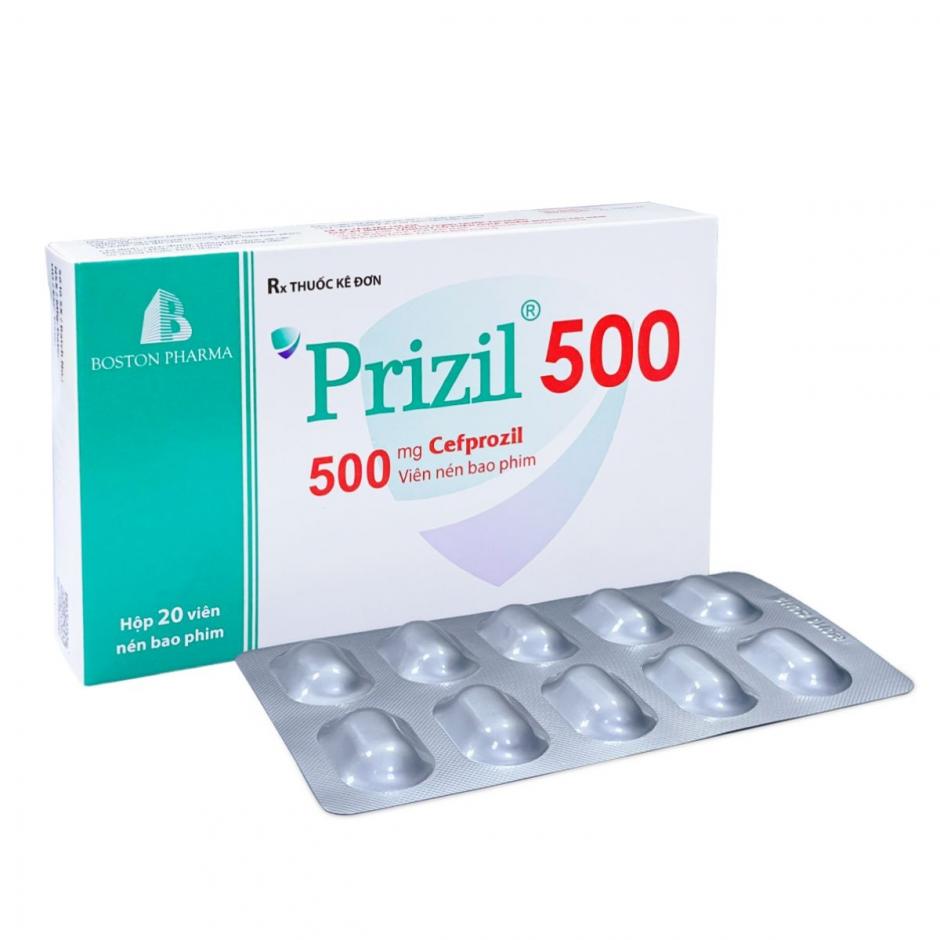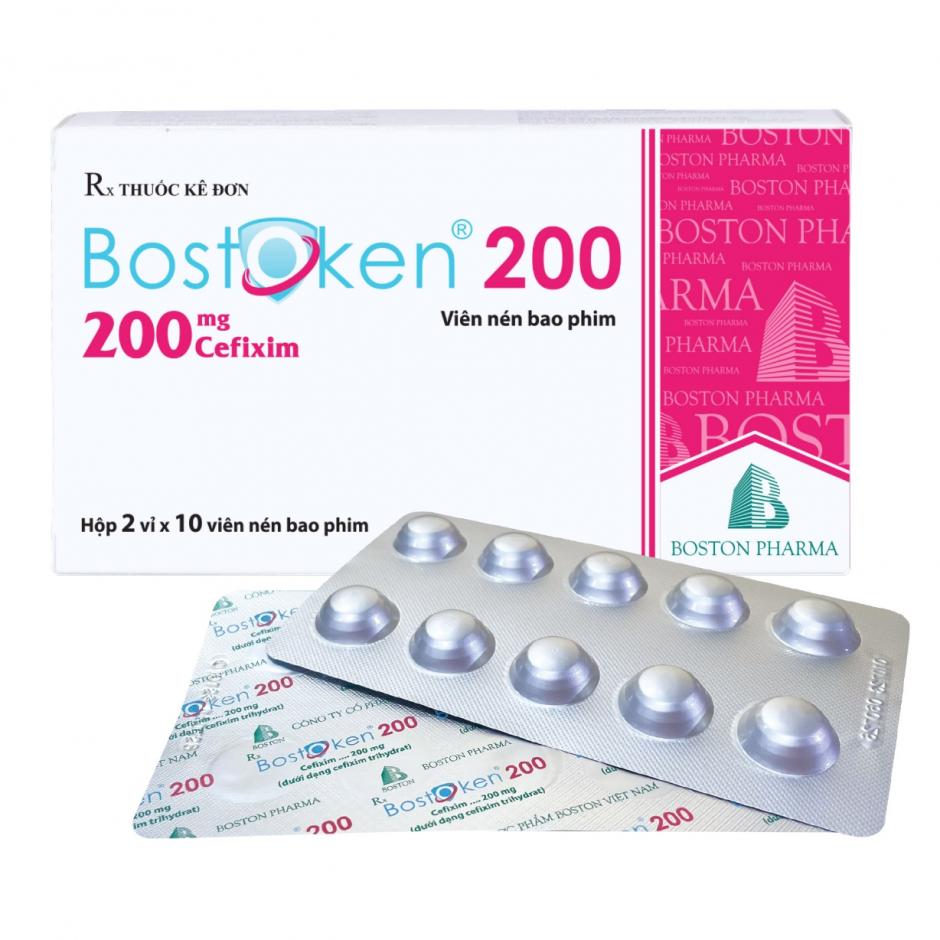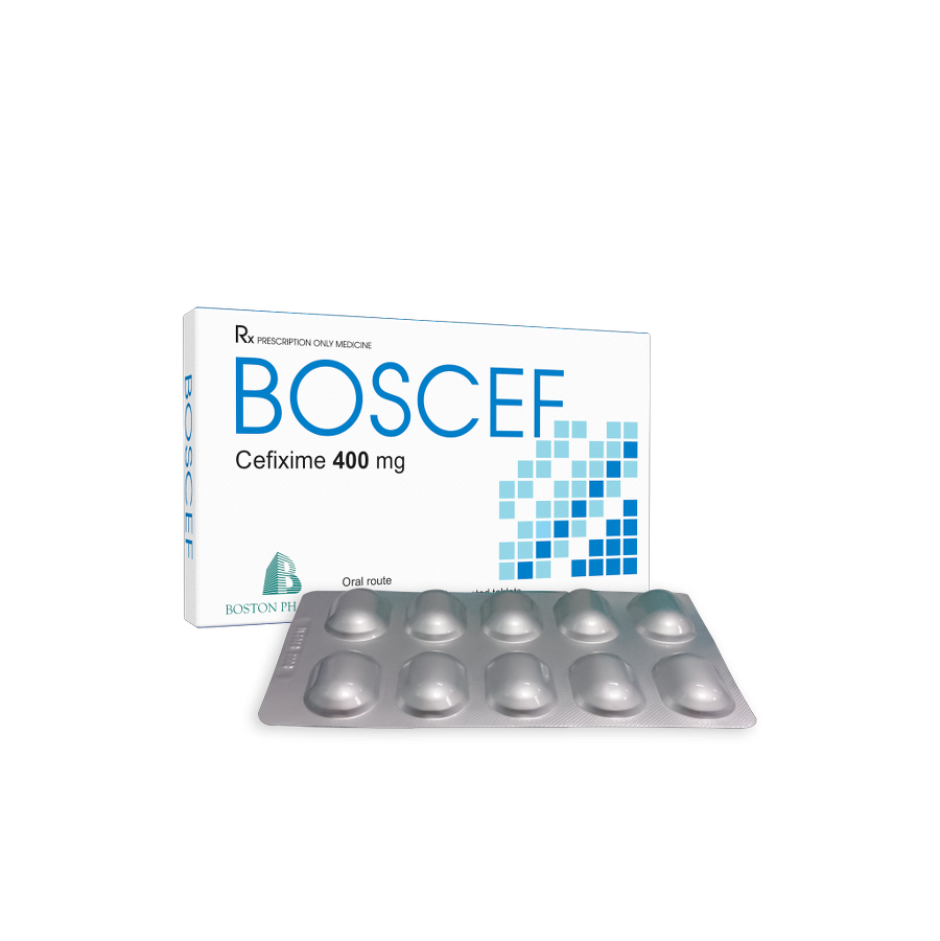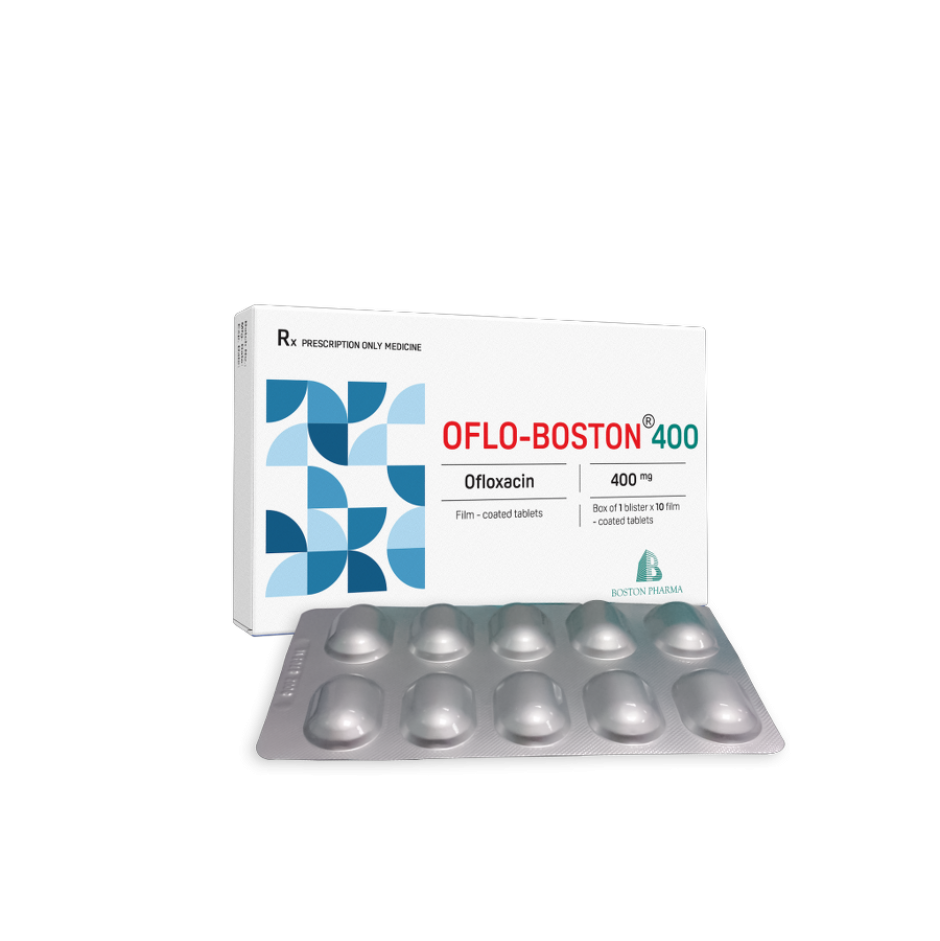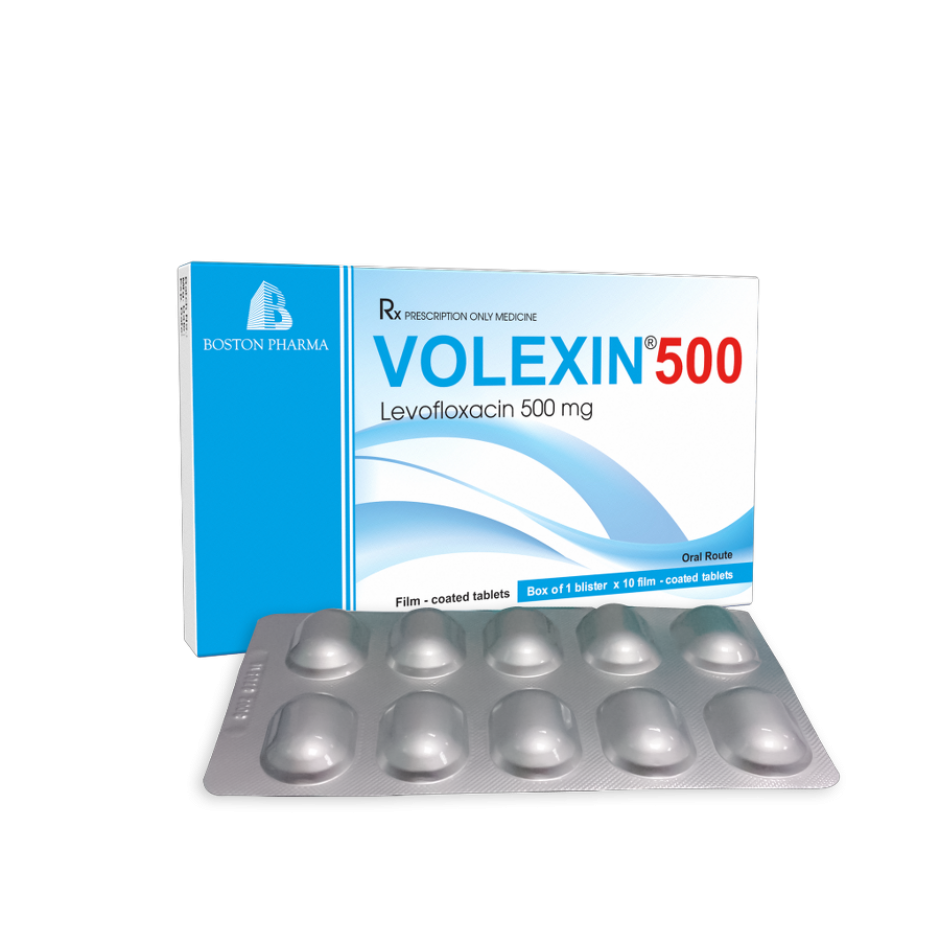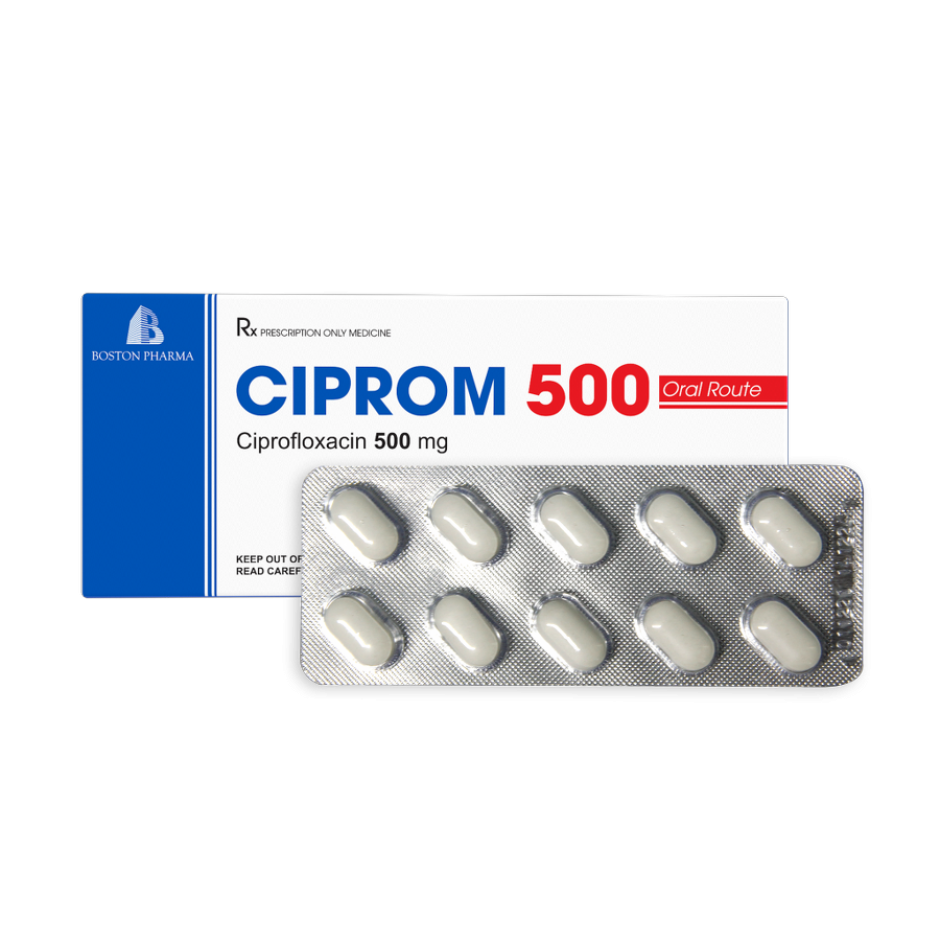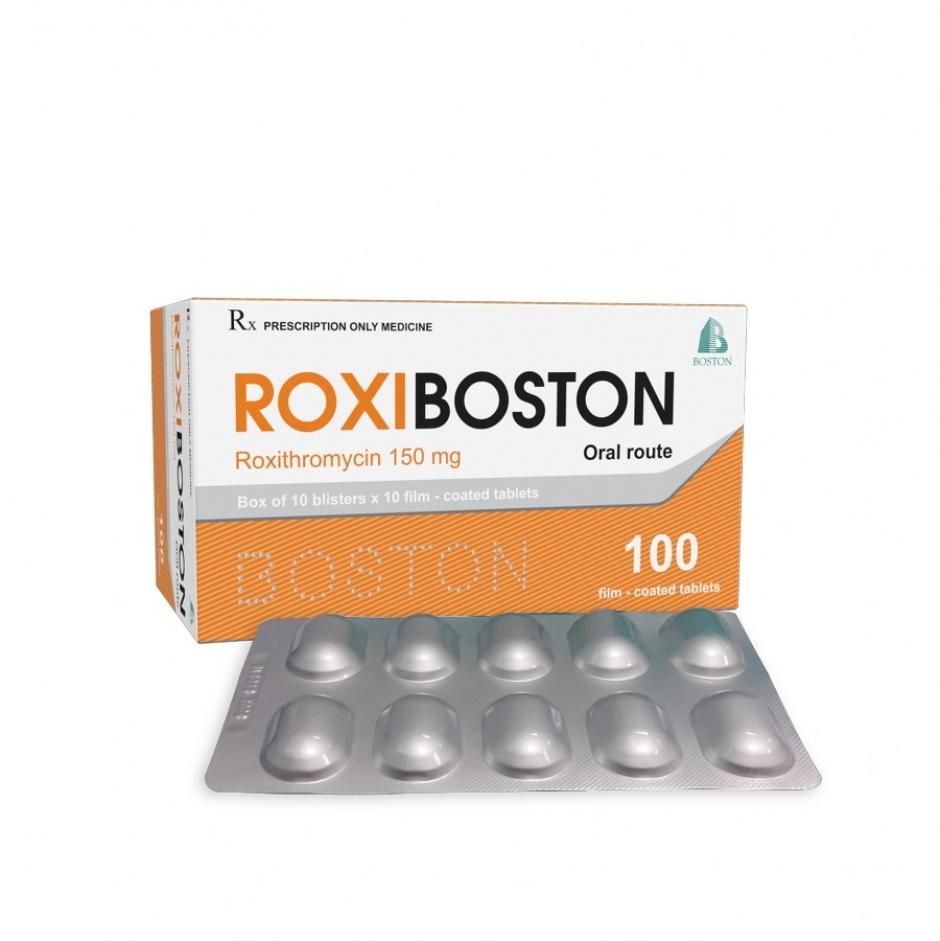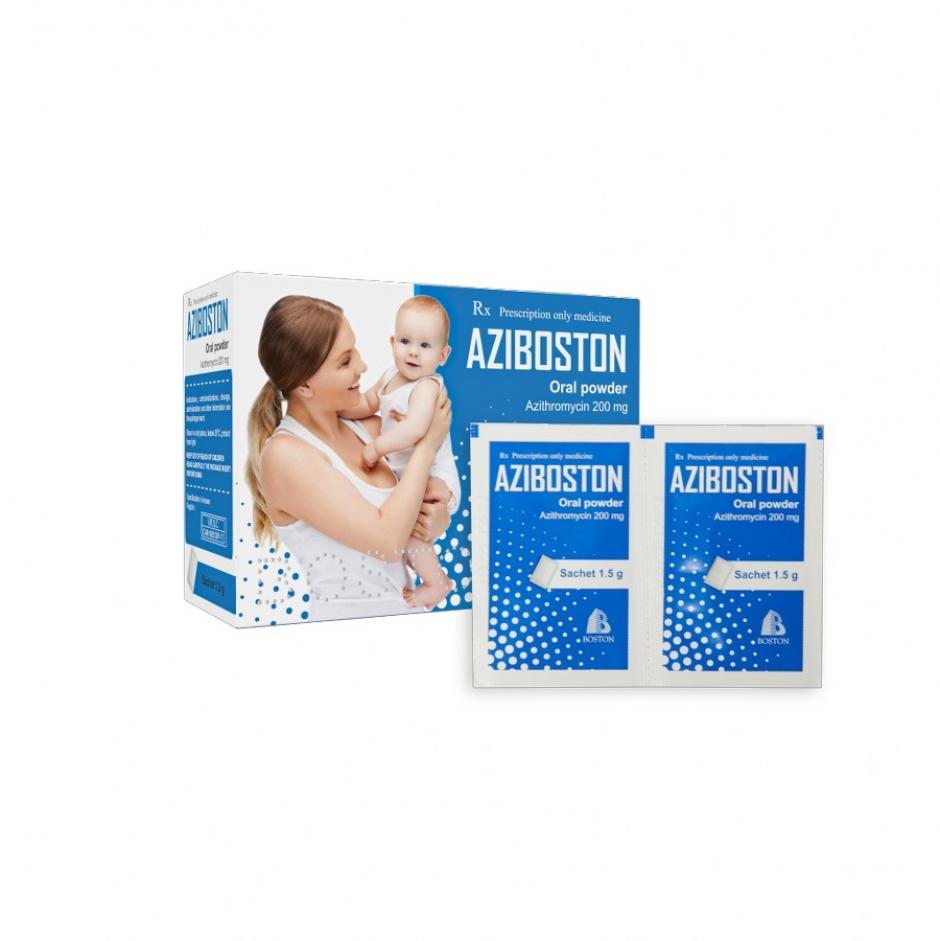ADMINISTRATION AND DOSAGE
Administration
To be dispersed in water for oral use. Absorption of cefixime is not significantly modified by the presence of food.
Dosage
In adults and children over 12 years:
400 mg/day in two divided doses, each time 12 hours apart.
In gonococcal urethritis efficacy is achieved with a single dose of two 200 mg tablets.
In children 6 months to 12 years:
A more suitable dosage form should be used for this age group.
The safety and efficacy of cefixime has not been established in children less than 6 months.
In the elderly:
When renal function is normal, there is no need to change the dosage in the elderly.
In patients with renal insufficiency:
When creatinine clearance values are greater than 20 mL/min, there is no need to change the dosage. For lower values, including hemodialysis patients, the dosage of cefixime should not exceed 200 mg/day in one administration.
In patients with hepatic insufficiency:
There is no need to adjust the dosage.
CONTRAINDICATIONS
Hypersensitivity to cefixime or cephalosporin antibiotics or any of the other components of the product.
WARNINGS AND PRECAUTIONS
Warnings
The occurrence of any allergic manifestation requires stopping treatment.
The prescription of cephalosporins requires an examination for discovery. Penicillin allergy being crossed with that with cephalosporins in 5 to 10% of cases:
The use of cephalosporins should be extremely conservative in penicillin-sensitive patients; strict medical supervision is necessary from the first administration,
The use of cephalosporins is formally prohibited in subjects with a history of immediate allergy to cephalosporins. In case of doubt, the presence of the doctor at the patient is essential for the first administration, in order to treat the possible anaphylactic accident.
The hypersensitivity reactions (anaphylaxis) observed with these two types of substances can be serious and sometimes fatal.
Cases of colitis related to the administration of an antibacterial product and pseudo-membranous colitis have been reported with almost all antibacterial products, including cefixime, with a severity ranging from mild to life-threatening. Therefore, it is important to consider this diagnosis in patients with diarrhea during or after cefixime administration. Stopping treatment with cefixime and administering a specific treatment against Clostridium difficile should be considered. Any administration of peristalsis inhibitors should be avoided.
Severe skin reactions such as drug hypersensitivity syndrome (DRESS) or bullous skin reactions (Lyell syndrome, Stevens-Johnson syndrome) have been reported in patients treated with cefixime. If such reactions occur, cefixime should be discontinued immediately.
Severe cases of hemolytic anemia, including deaths, have been reported in patients receiving cephalosporin class antibacterials (class effect). The reappearance of haemolytic anemia after reintroduction of a cephalosporin in a patient with a history of haemolytic anemia with cephalosporin, including cefixime, has also been described. If a patient develops anemia under cefixime, the diagnosis of cephalosporin anemia should be considered and cefixime discontinued until the etiology is established.
Beta-lactams, including cefixime, predispose the patient to risk of encephalopathy (which may include seizures, confusion, disturbances of consciousness or abnormal movements), and particularly in case of overdose or impairment of function kidney.
Special precautions for use
In patients with allergies to other beta-lactams, consideration should be given to the possibility of cross-reactivity.
In case of severe renal insufficiency, it may be necessary to adjust the daily dose according to creatinine.
This product contain lactose, patients with rare hereditary problems of galactose intolerance, the Lapp lactase deficiency or glucose-galactose malabsorption should not take this product.
PREGNANCY AND LACTATION
Pregnancy
Because of the expected benefit, the use of cefixime may be considered during pregnancy if needed. Indeed, although the clinical data are insufficient, the animal data have not shown malformative or fetotoxic effect.
Lactation
There are no pass-through data in cefixime breast milk. However, breastfeeding is possible when taking this antibiotic. However, discontinue breastfeeding (or medication) if diarrhea, candidiasis or rash occurs in infants.
EFFECTS ON ABILITY TO DRIVE AND USE MACHINES
In the case of side effects such as encephalopathy (which may include convulsion, confusion, impairment of consciousness, movement disorders), the patient should not drive or use of machines.
SHELF-LIFE
24 months from the manufacturing date. Do not use after the expiry date.



_Boscef_vien_900x900.jpg)
